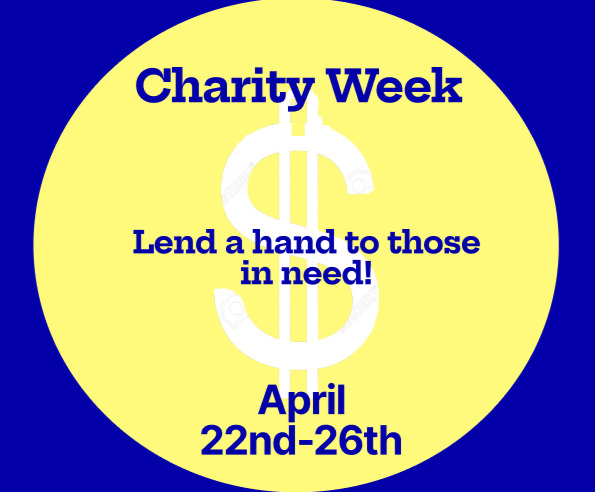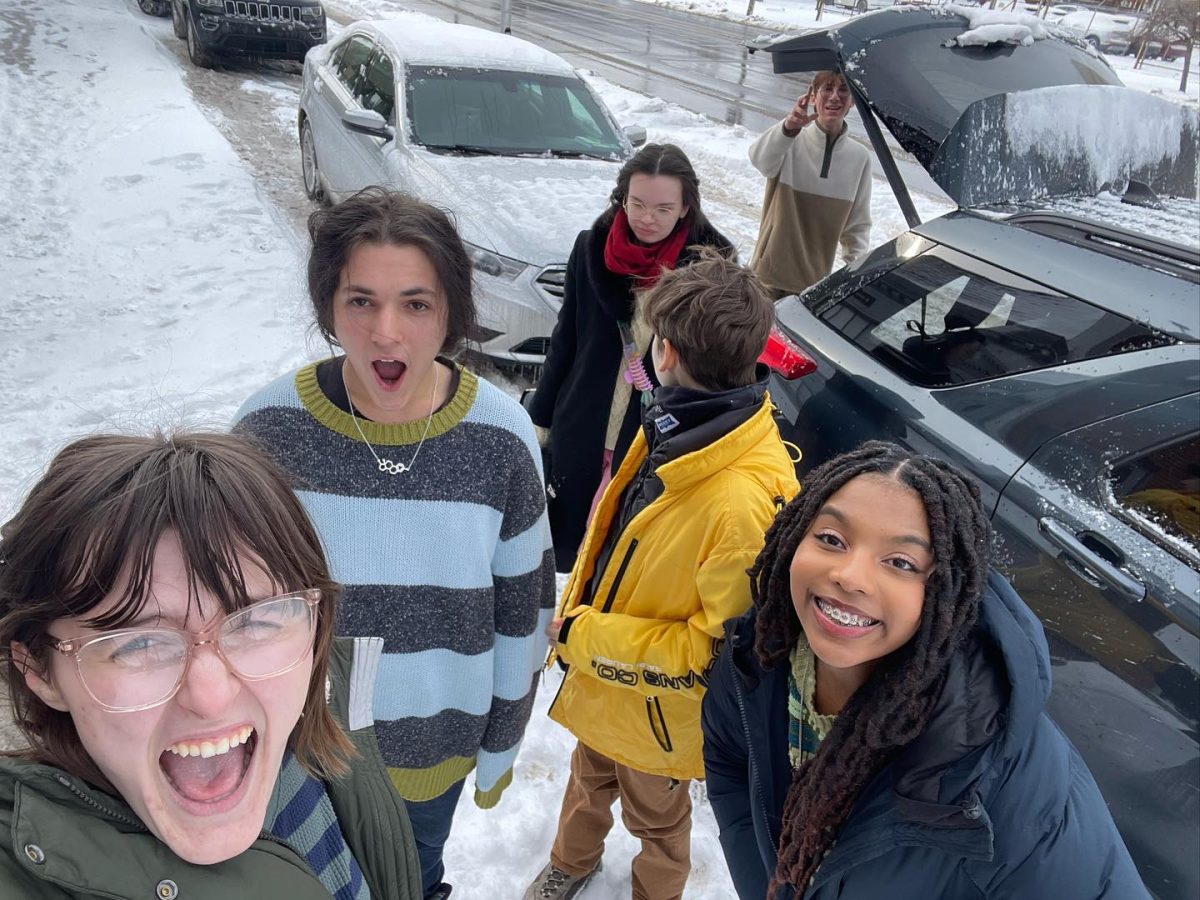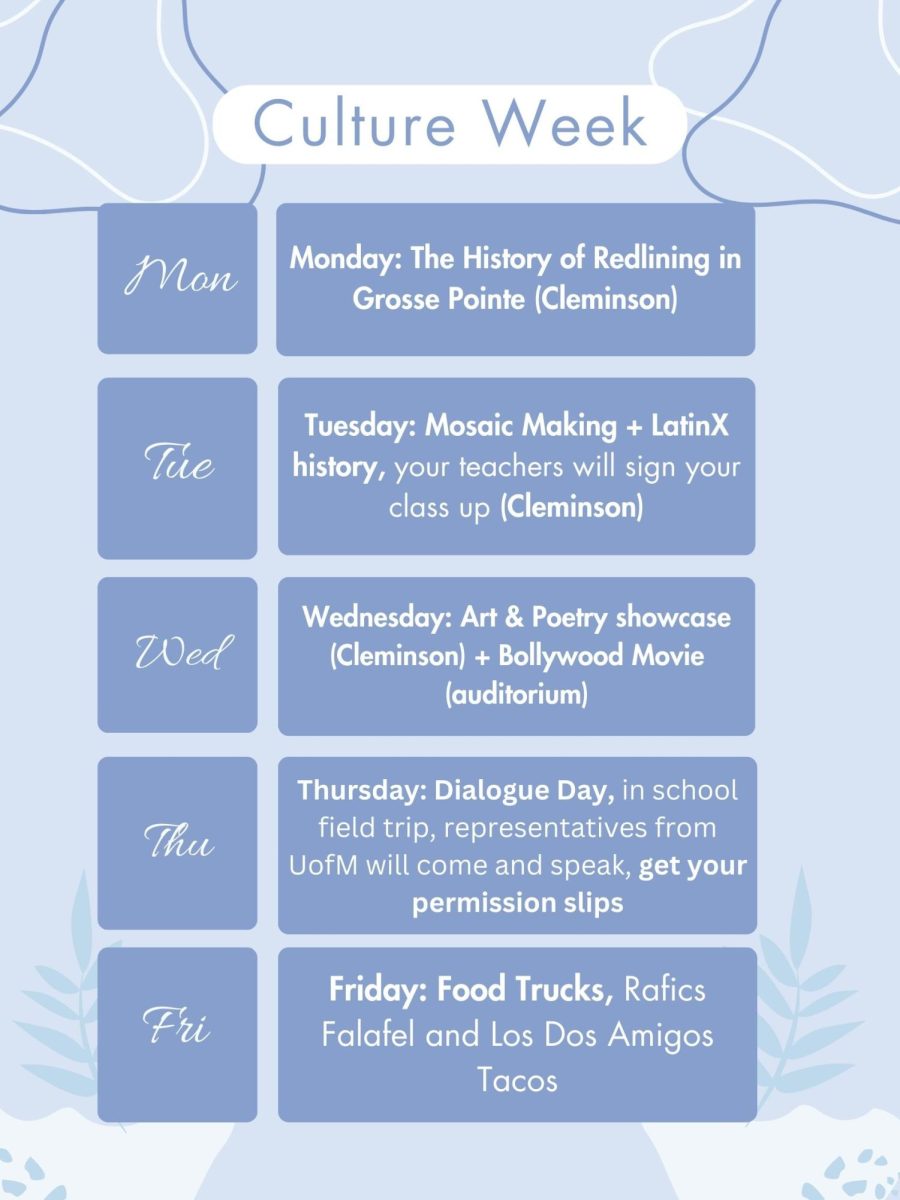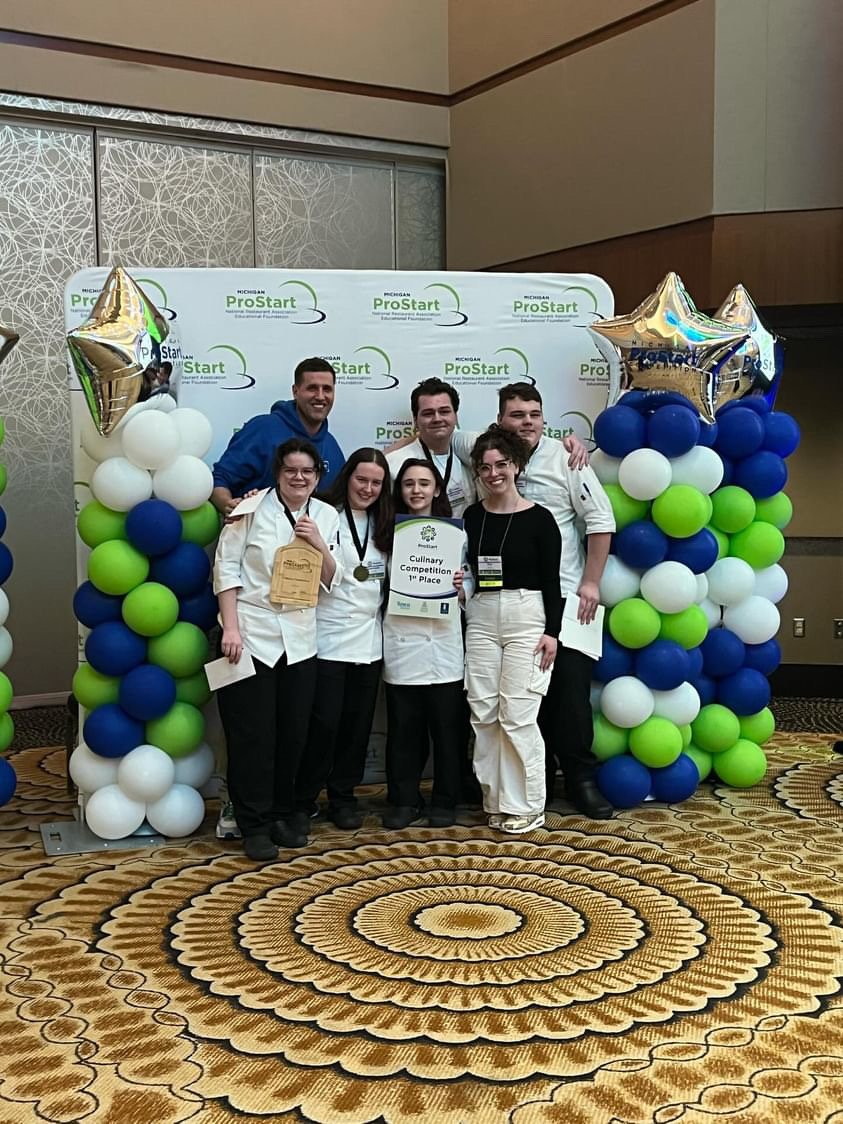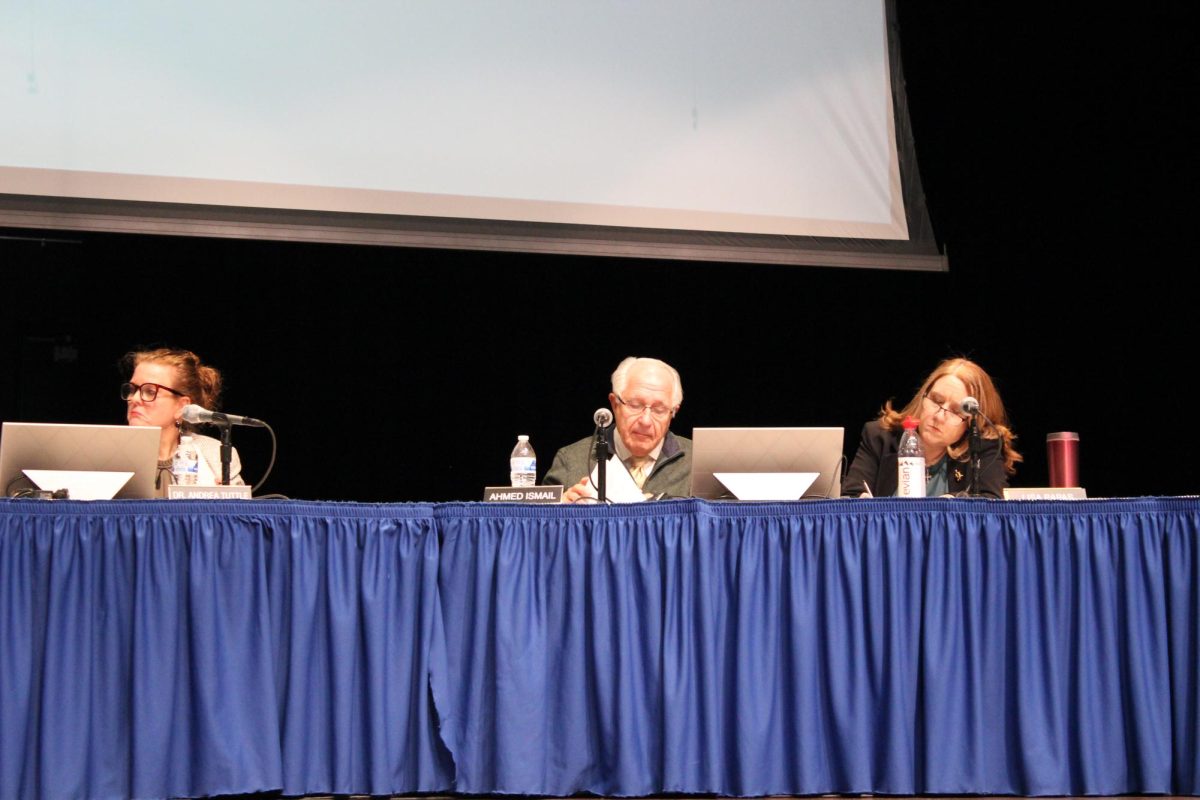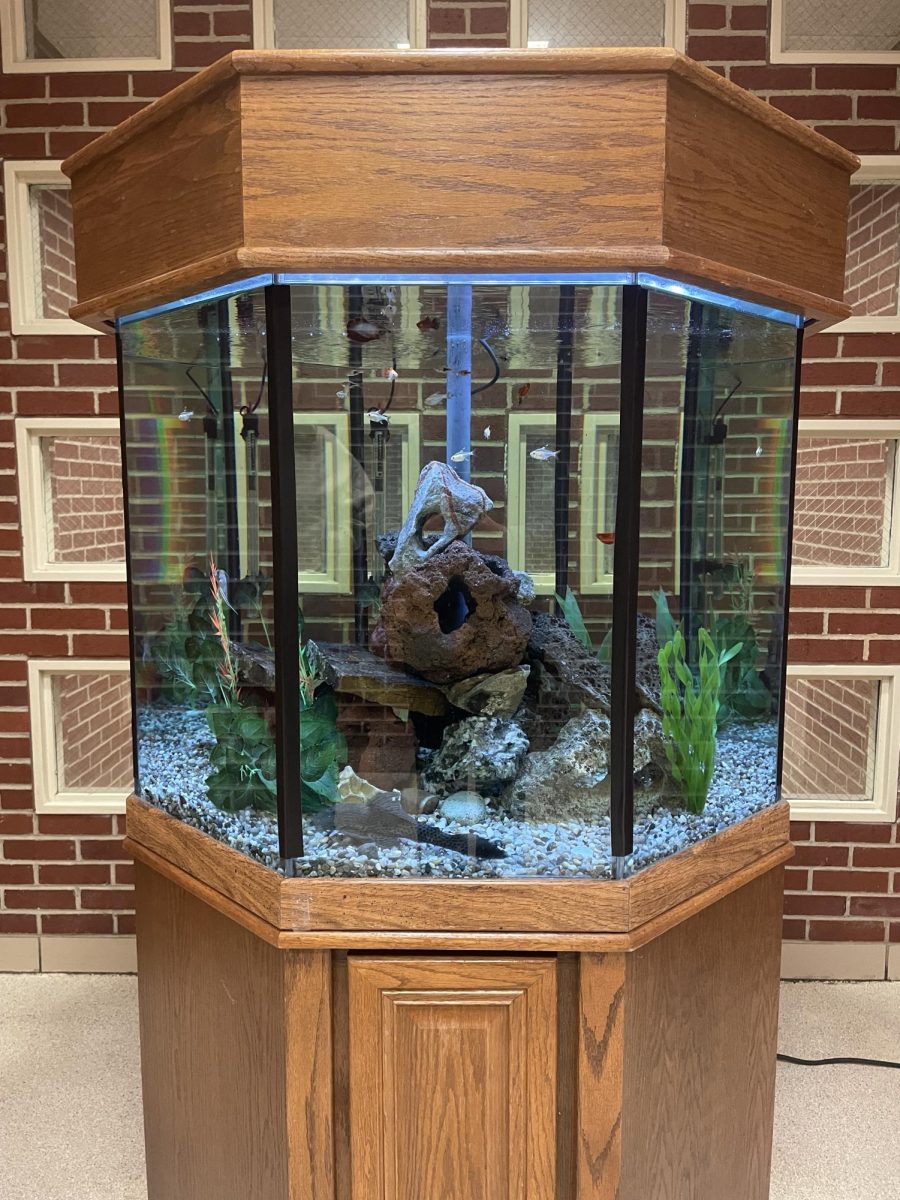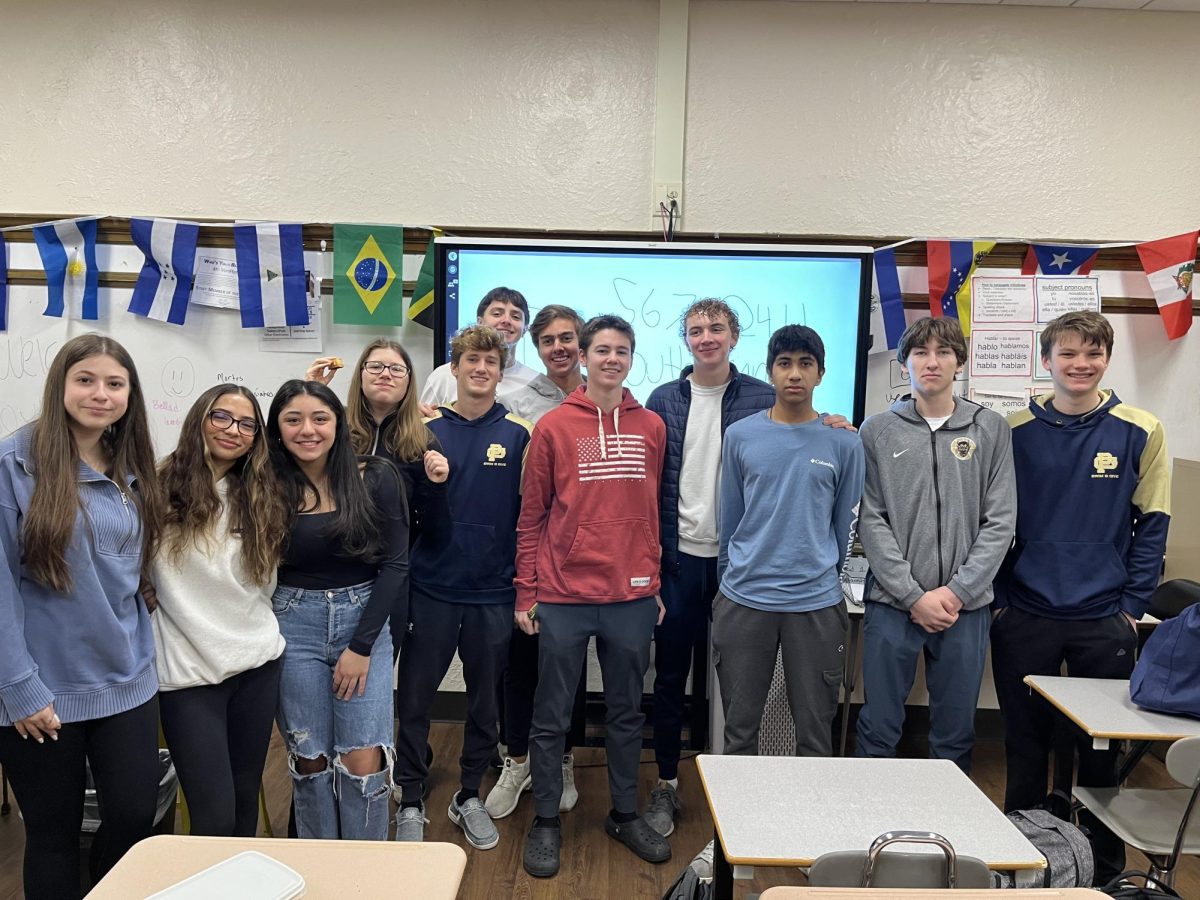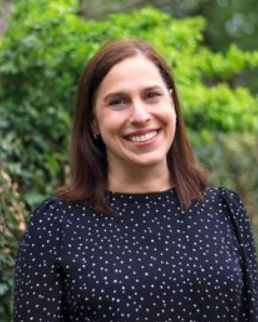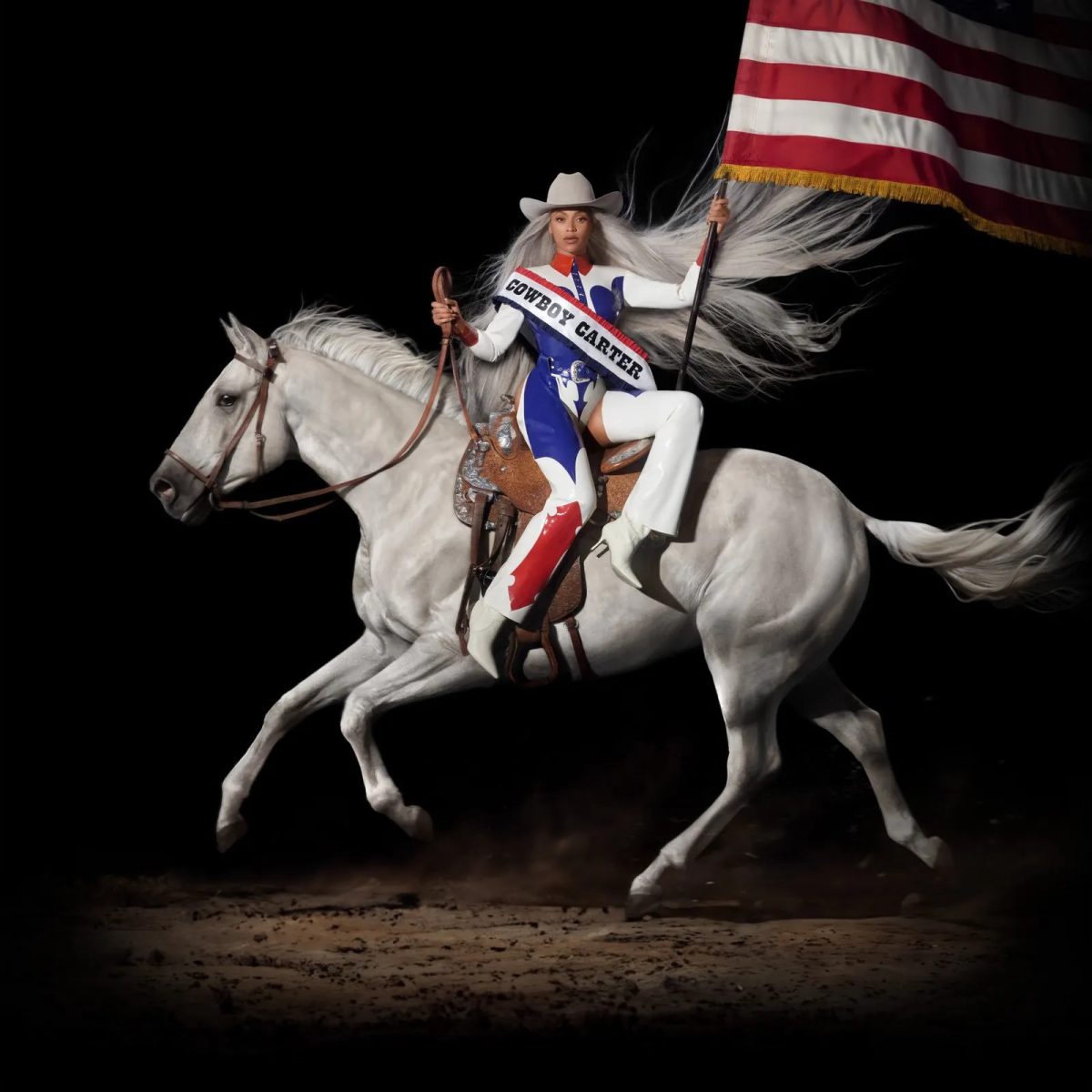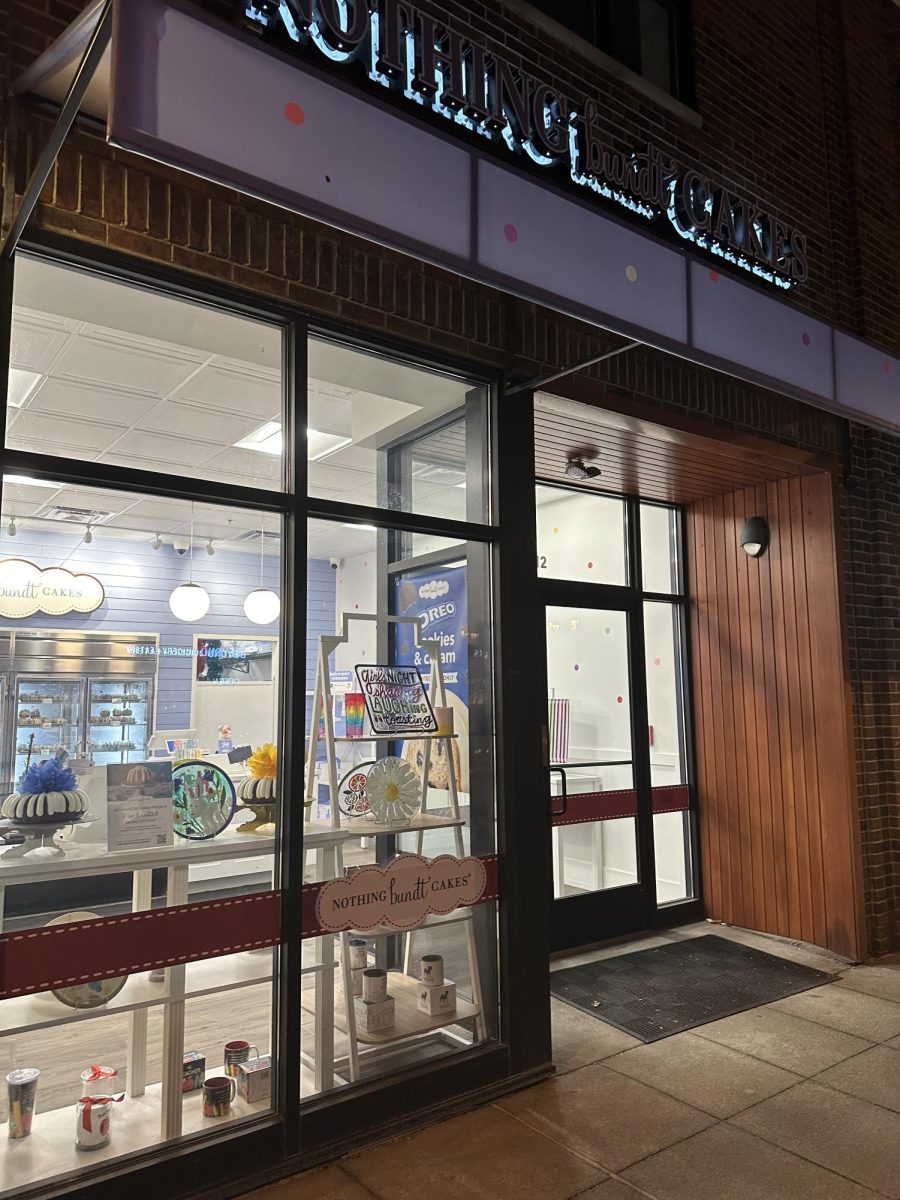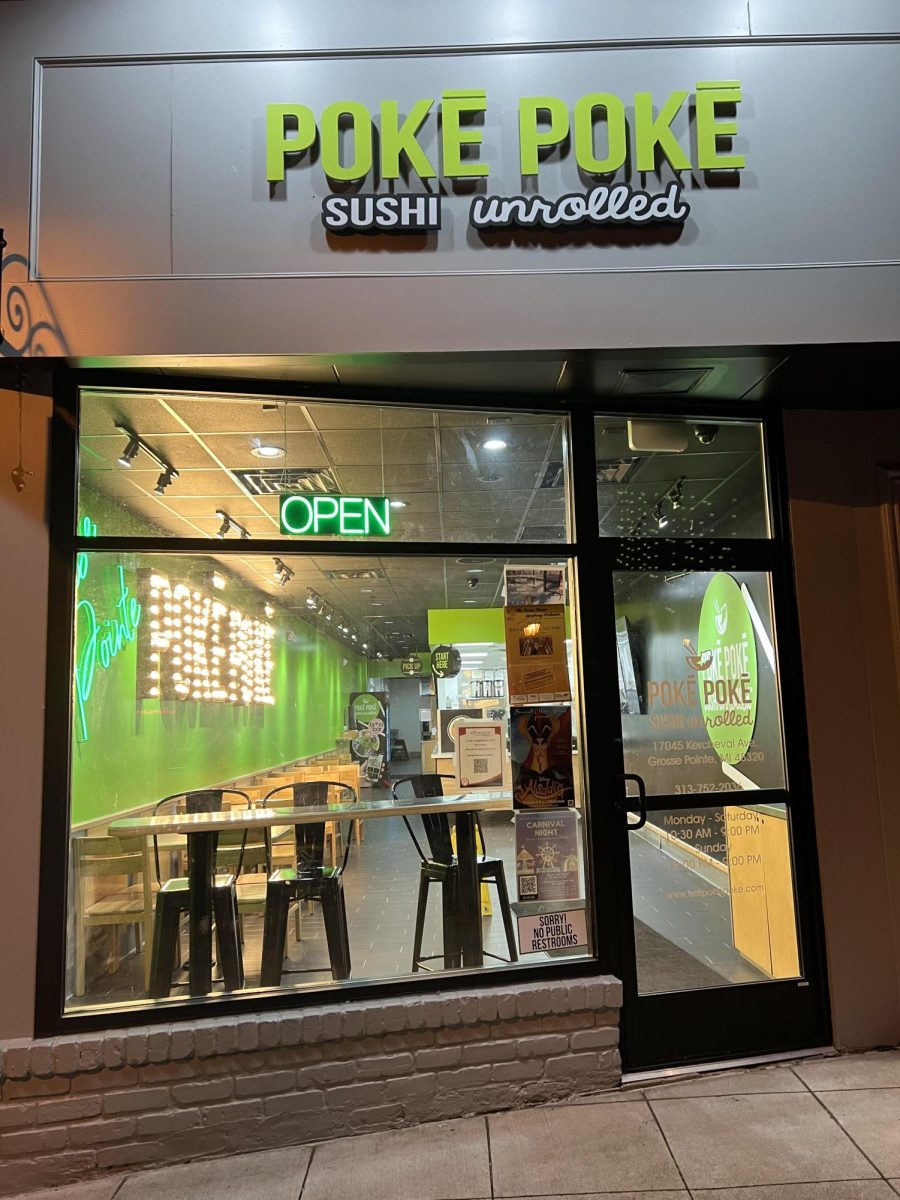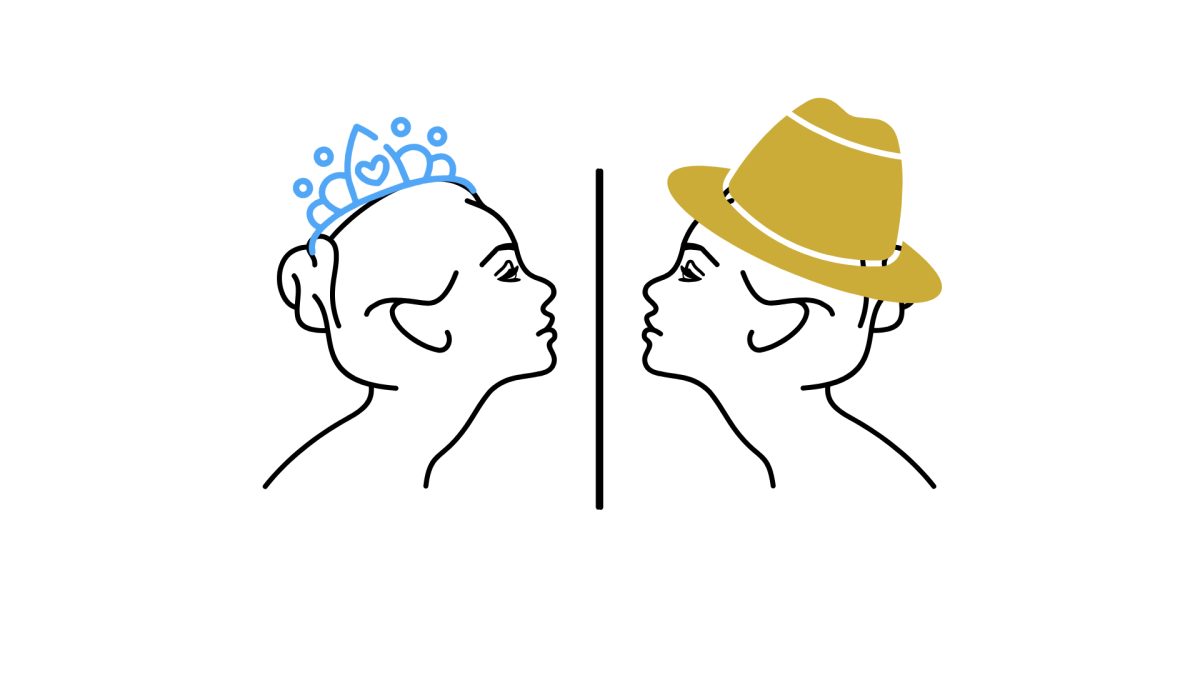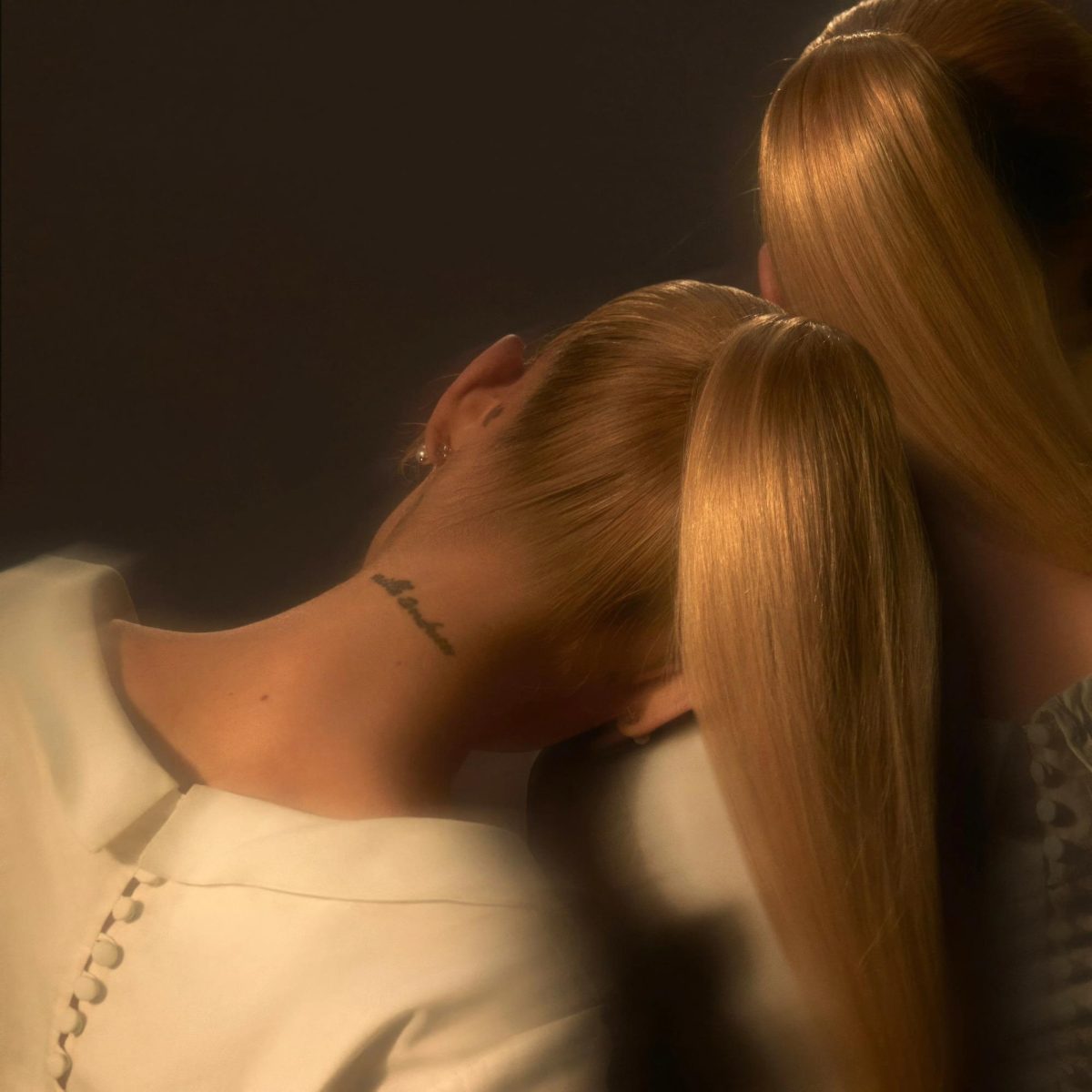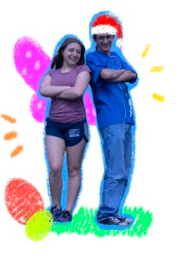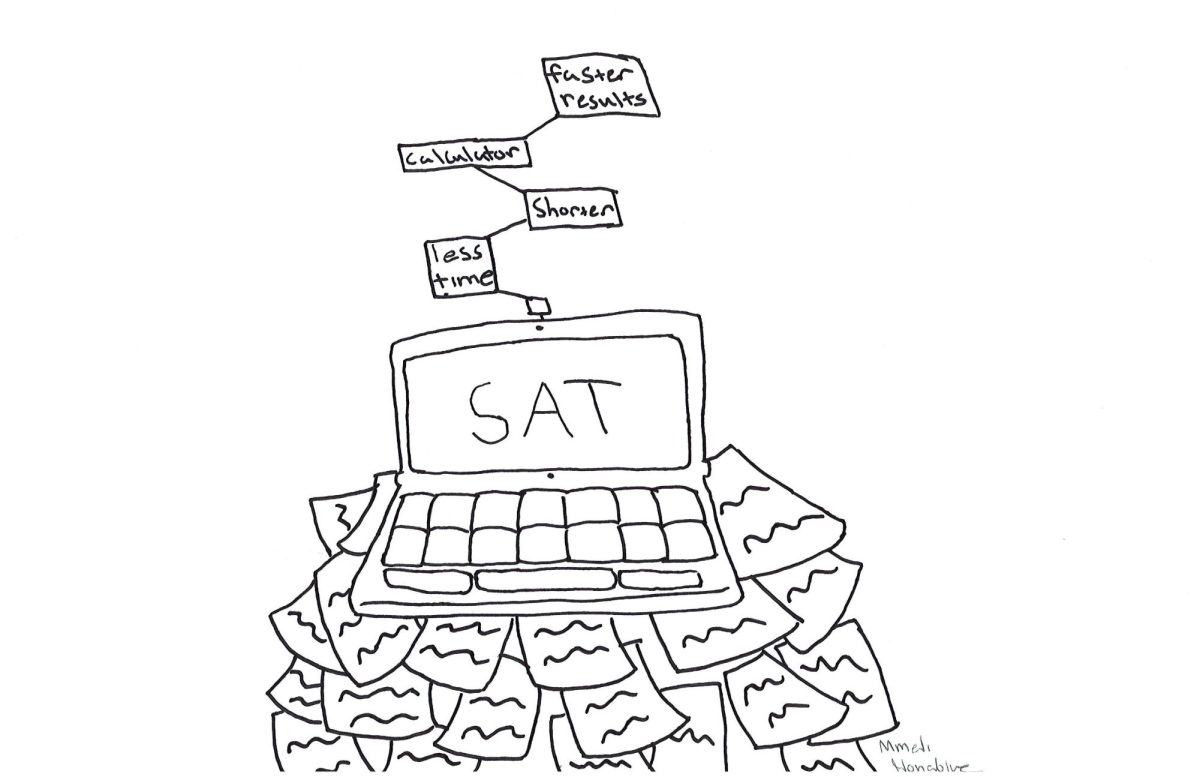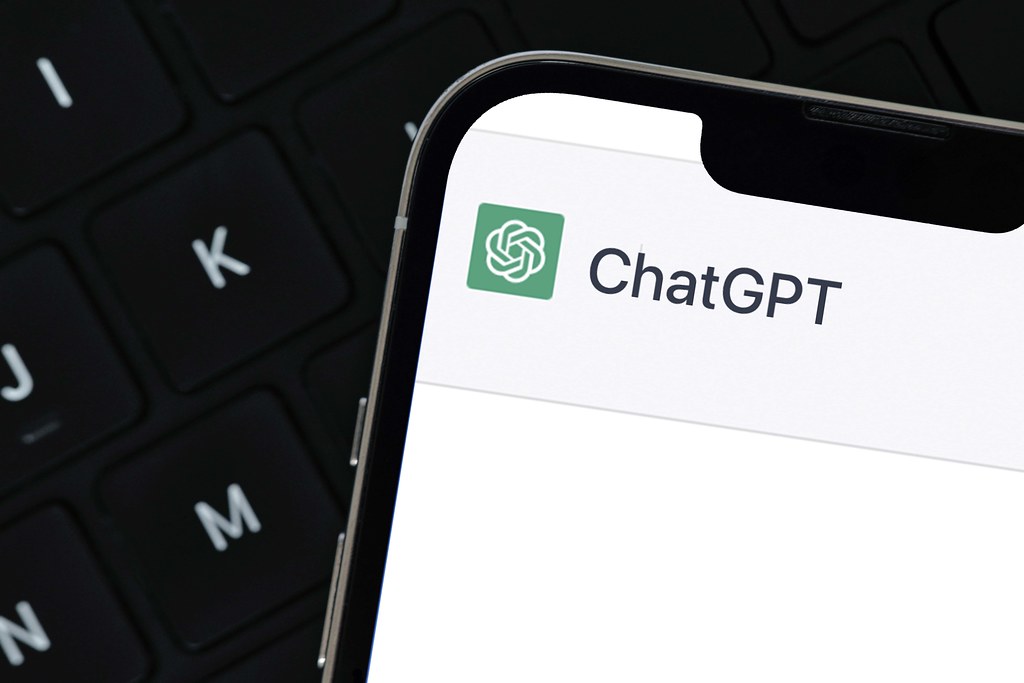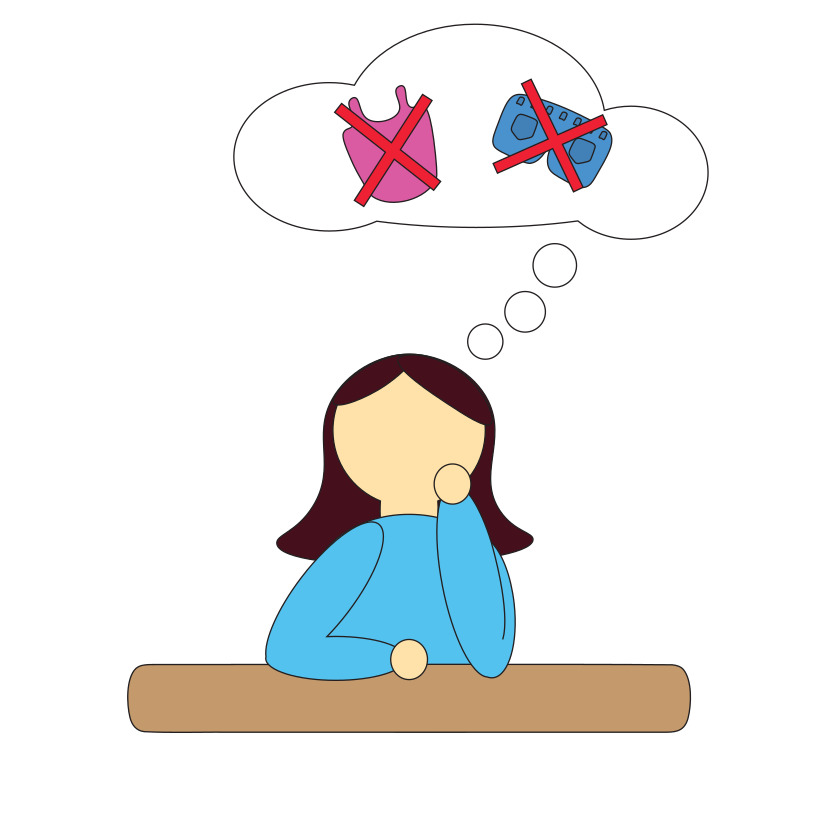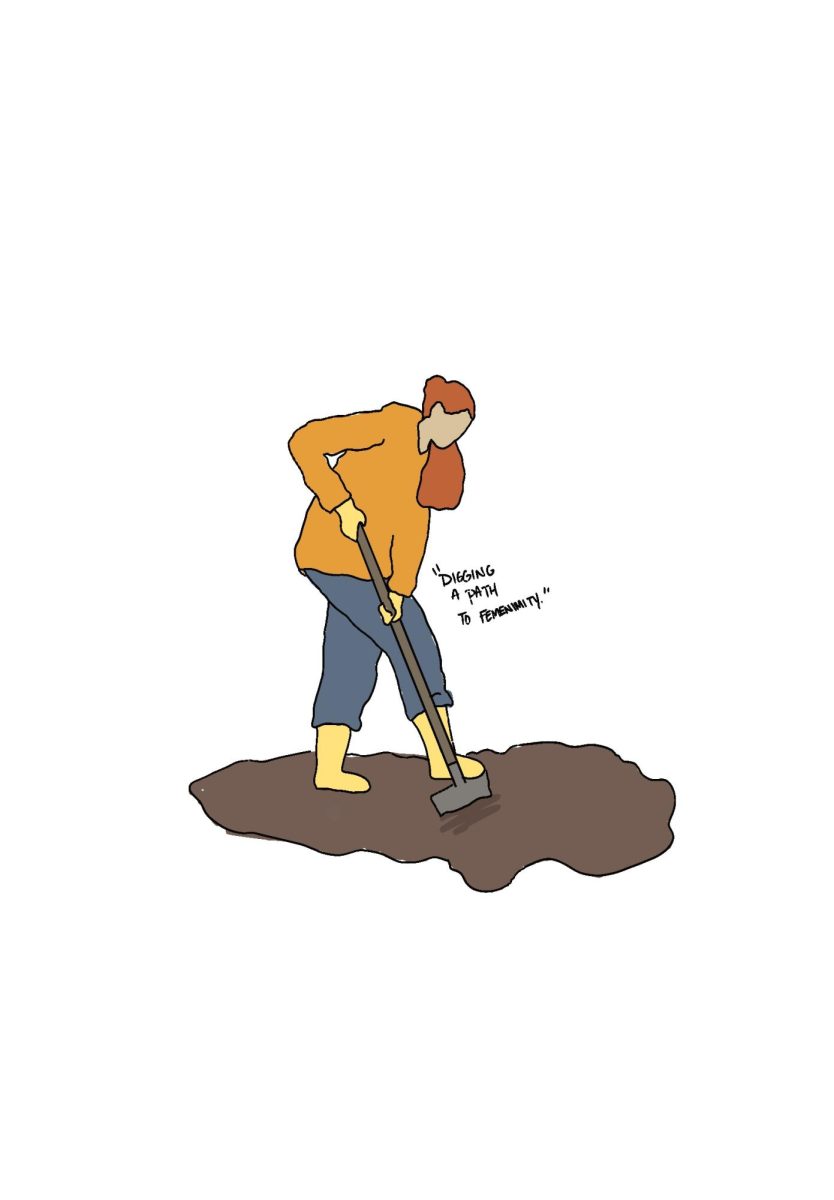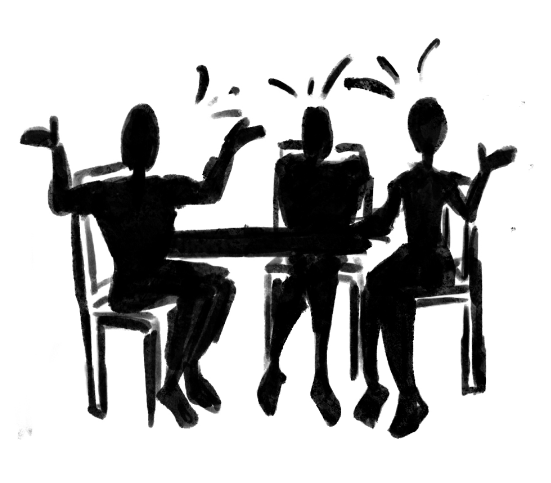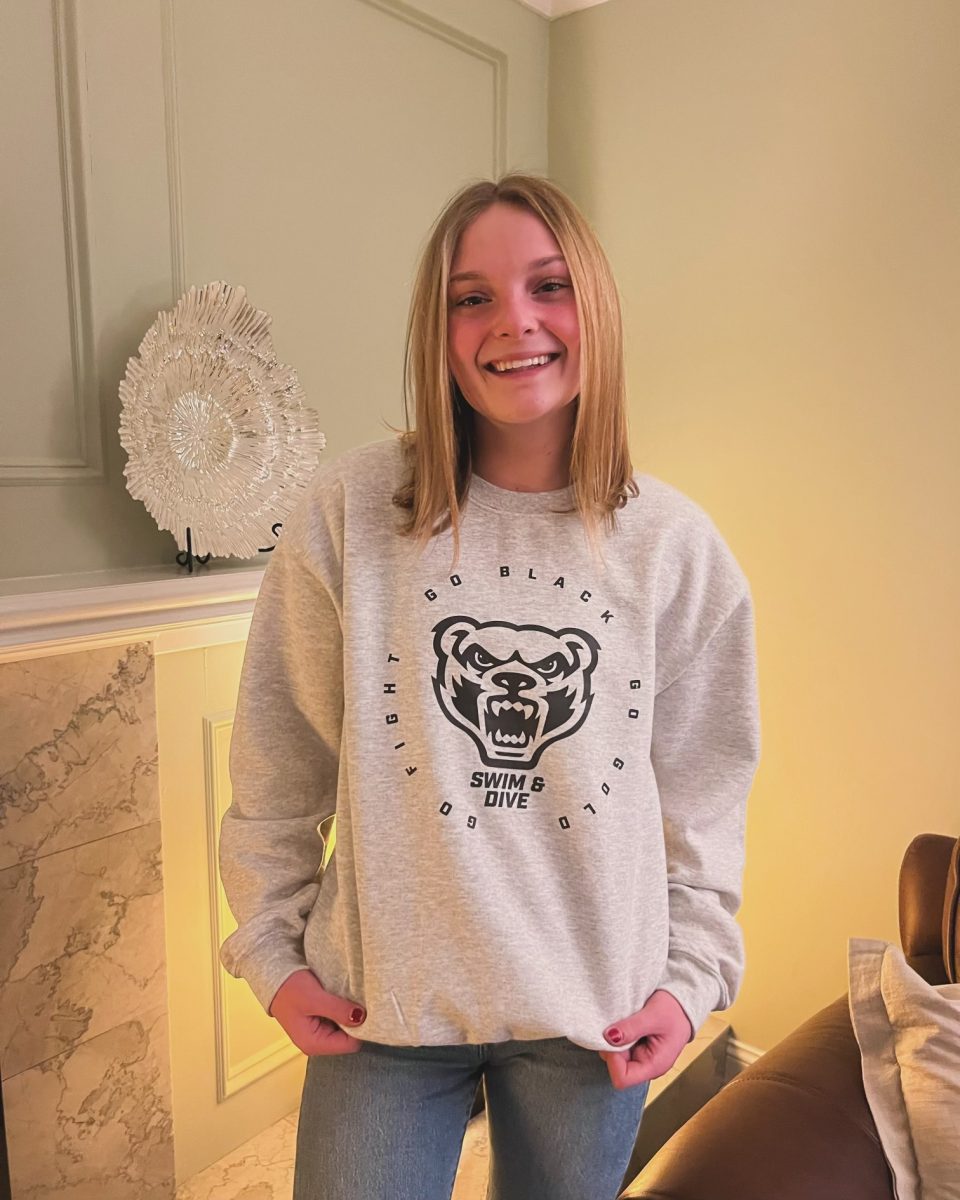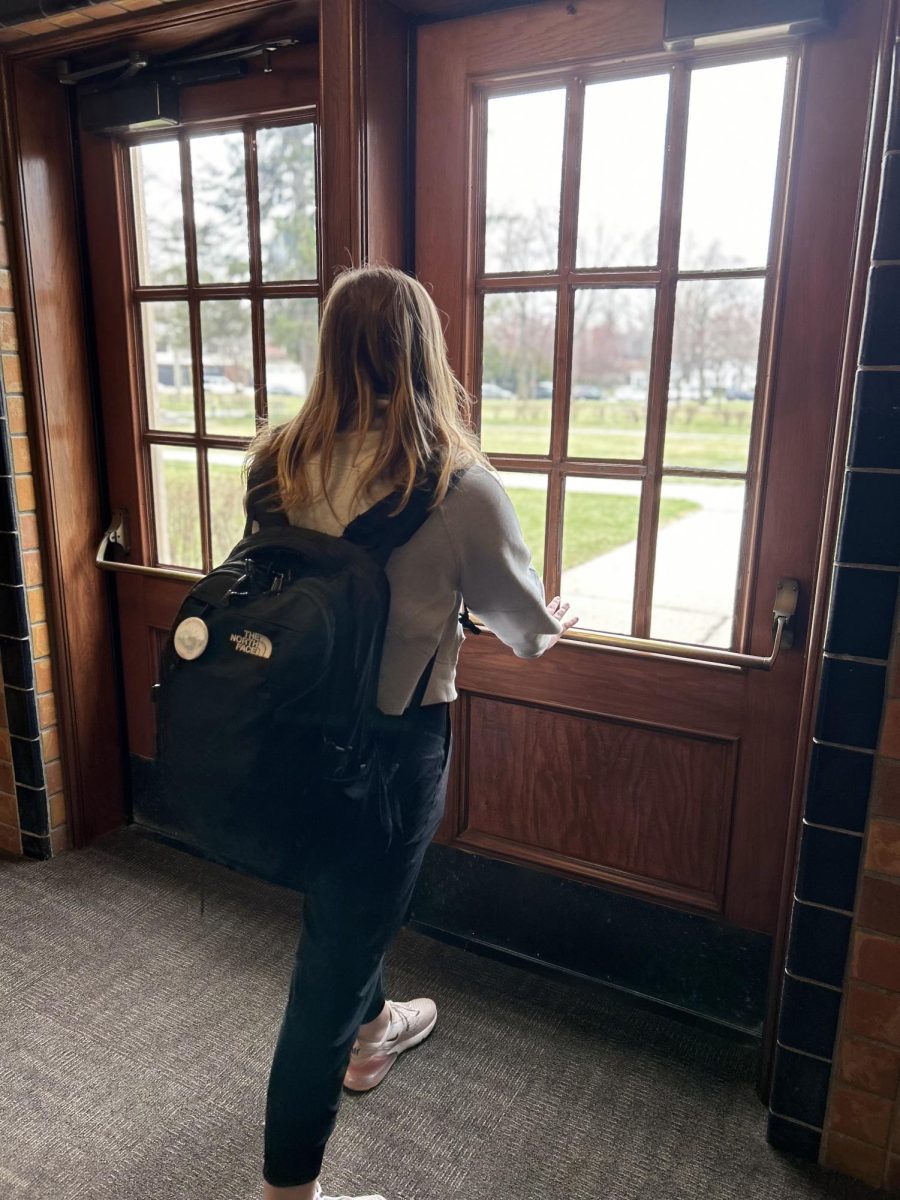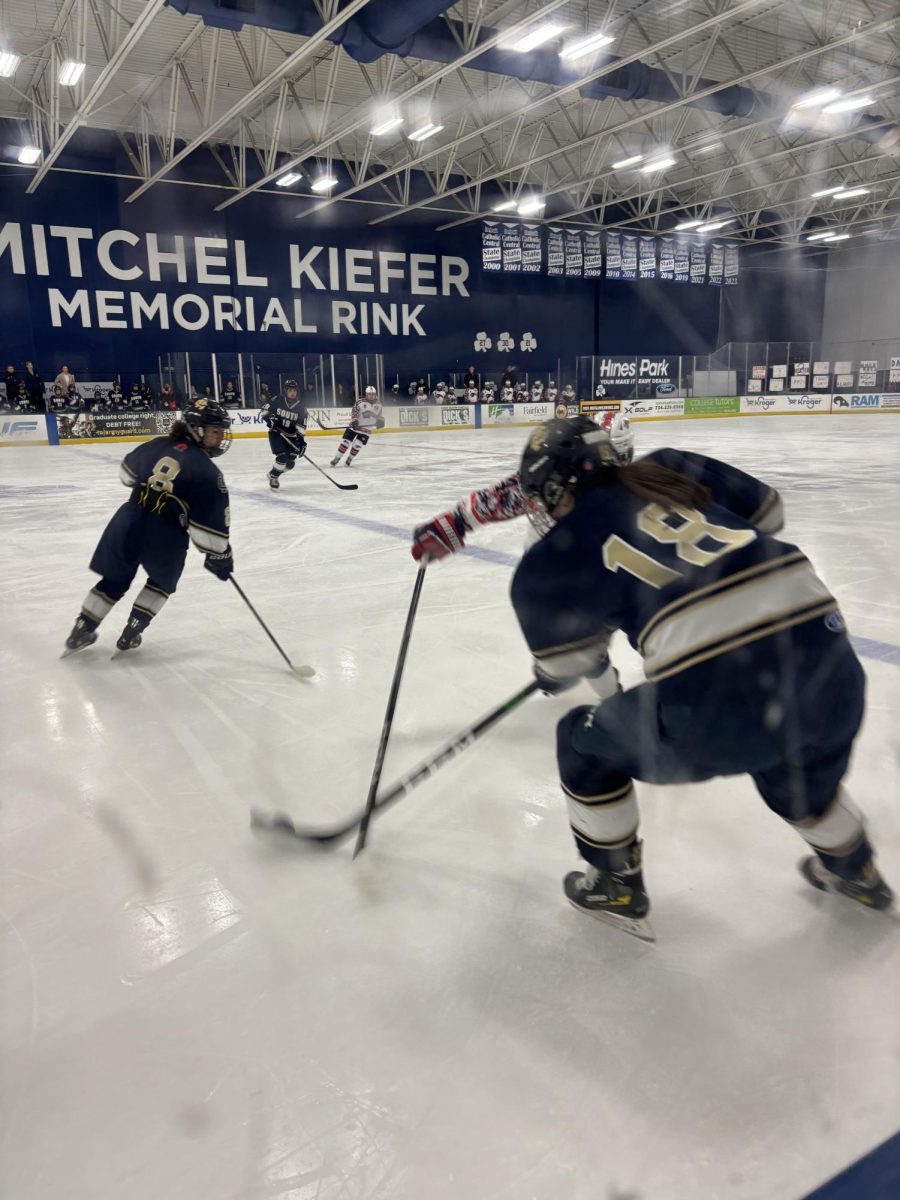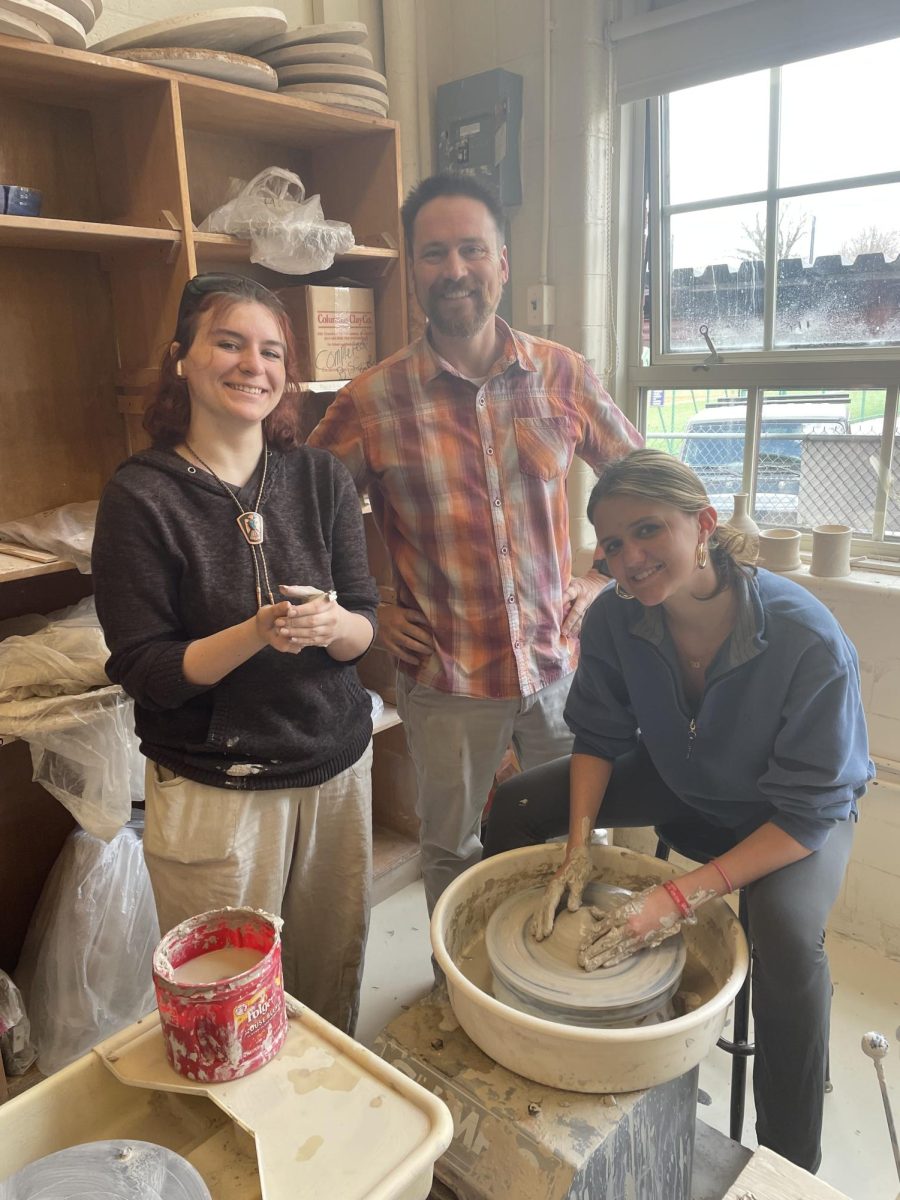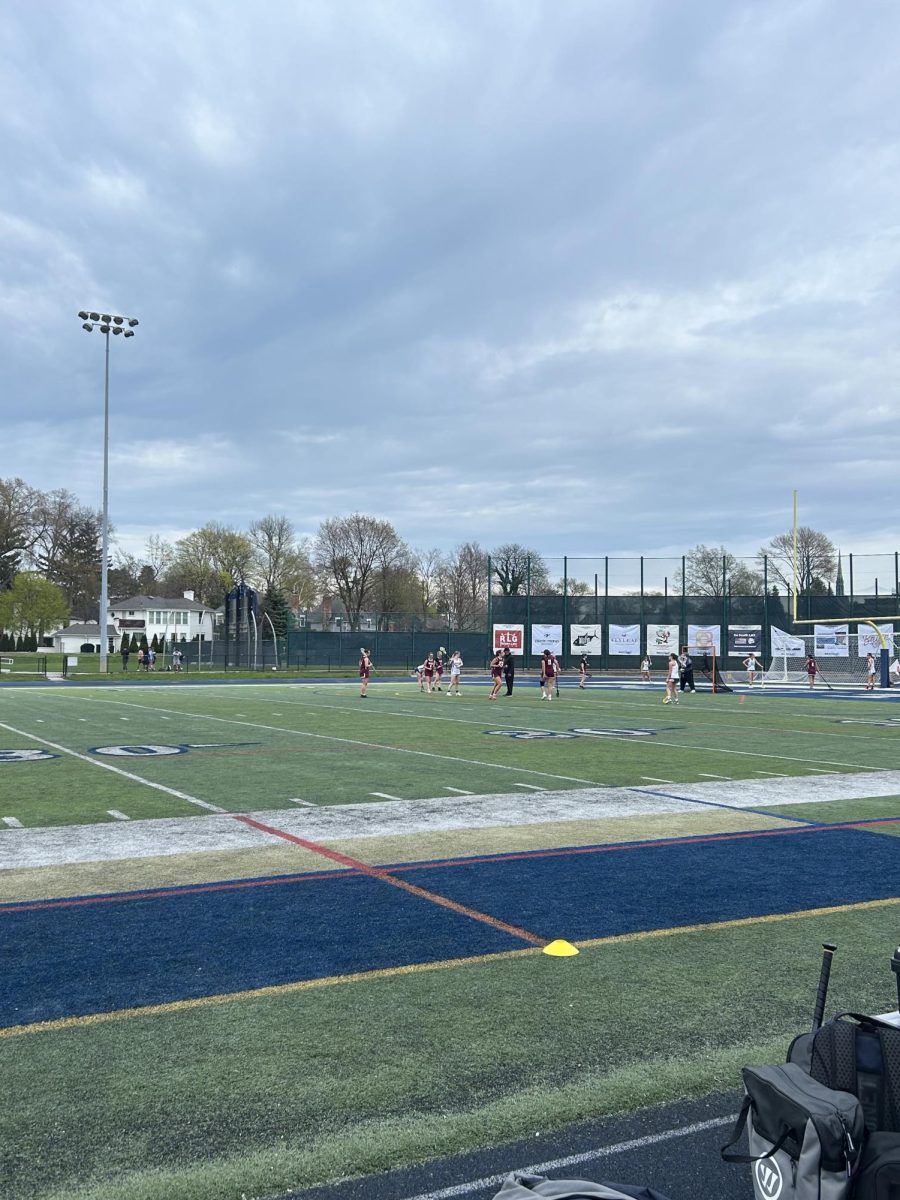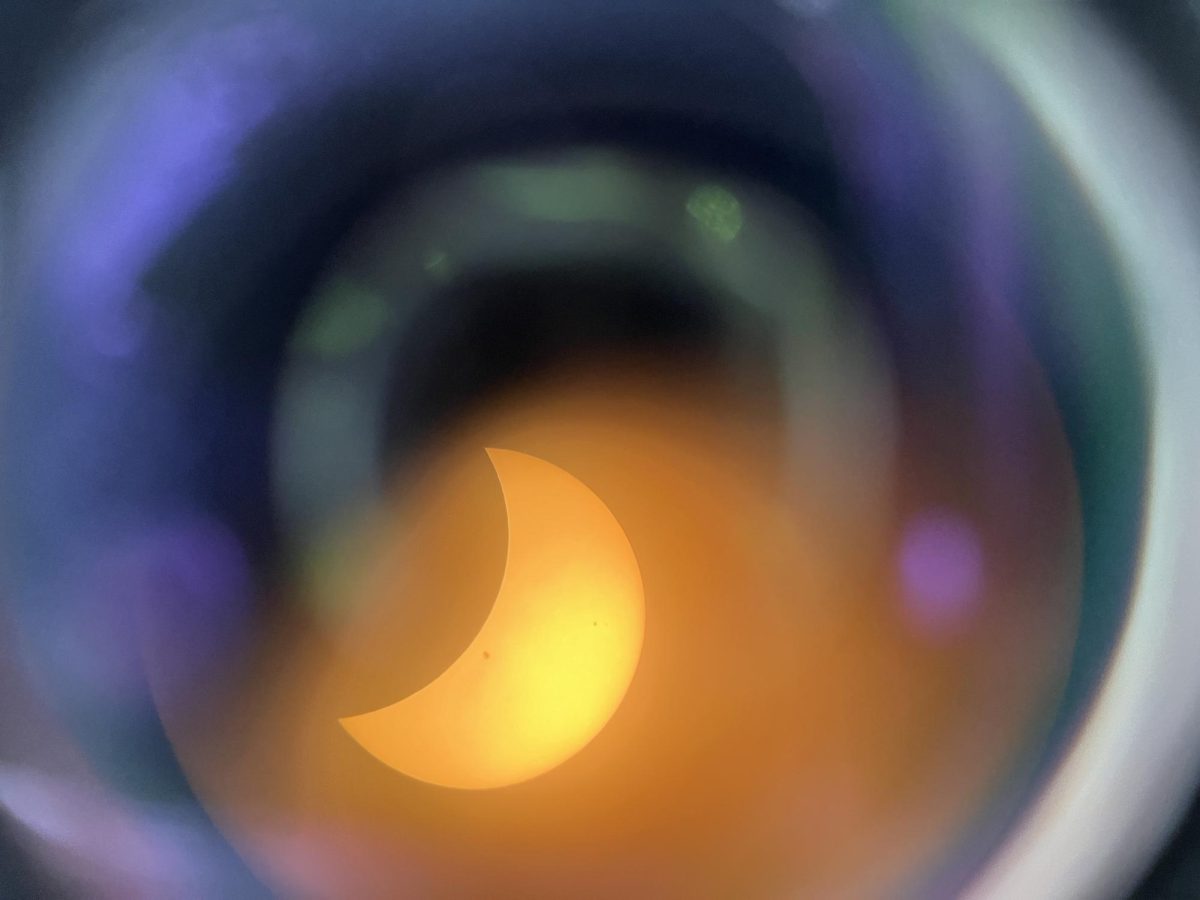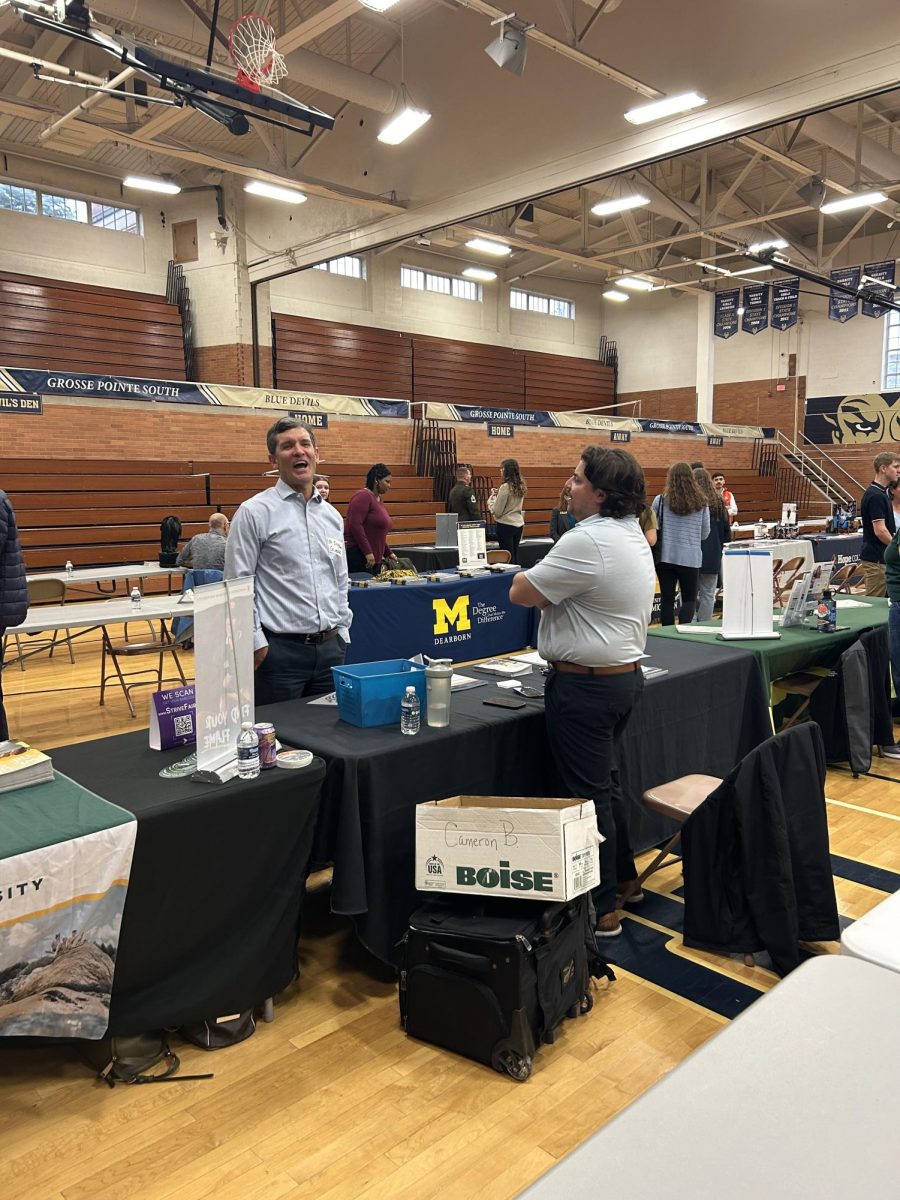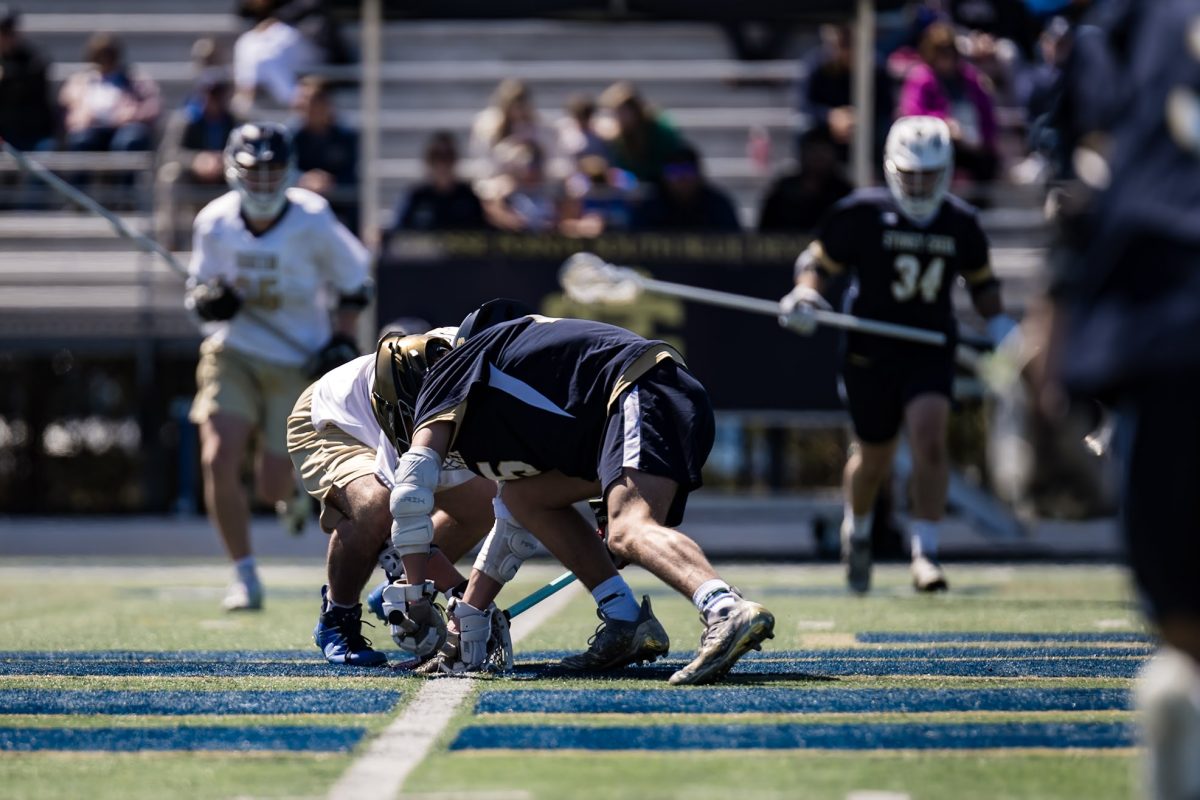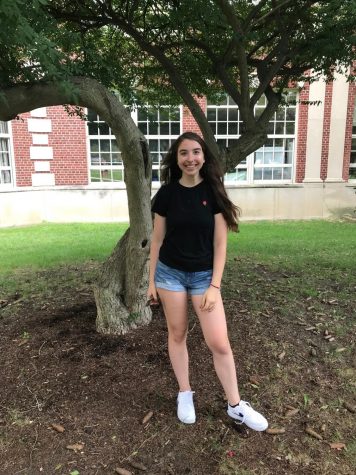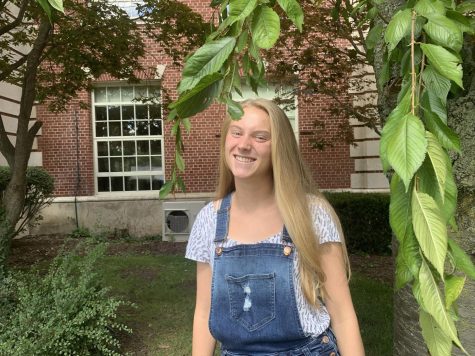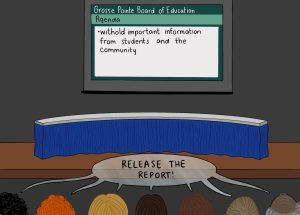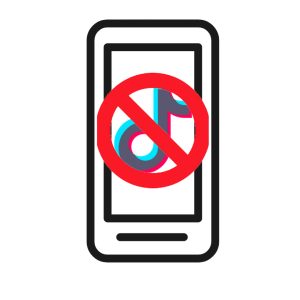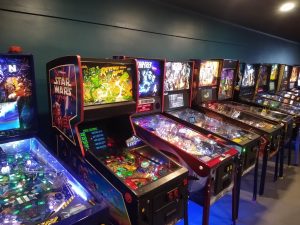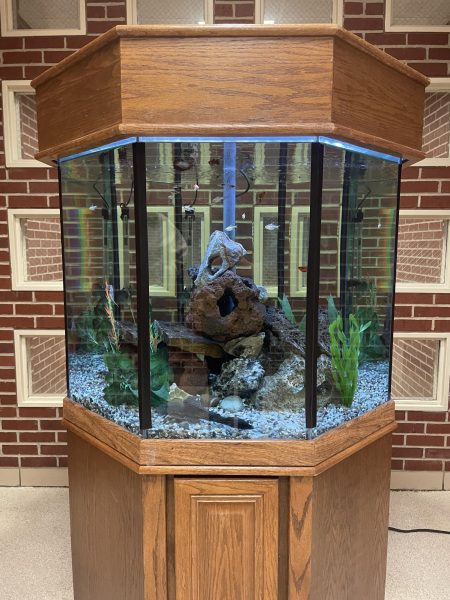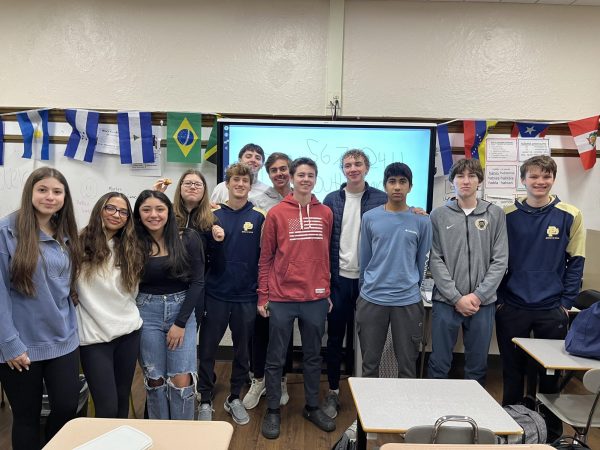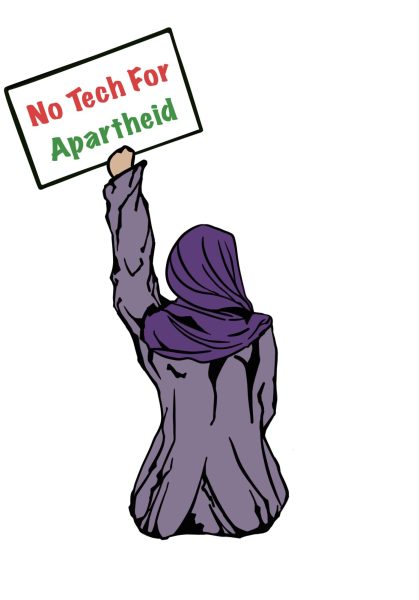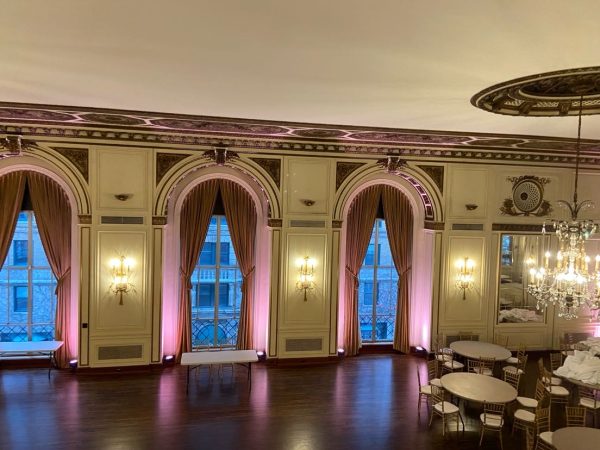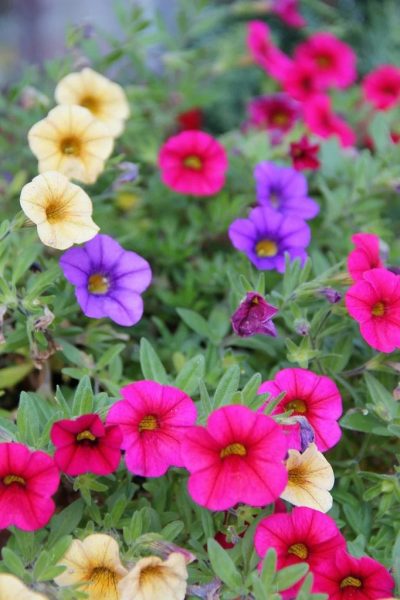Art from afar
April 26, 2020

marker, graphite, and acrylic.” Photo Courtesy of Lauren Reno ’20.
With the current situation regarding COVID-19, the way students are learning has drastically changed in an unprecedented way. Without access to the classroom and its supplies, art students are one group that has been forced to adapt in order to remain inspired and continue creating.
Normally, students have access to clay, glaze, a kiln, canvas, paper, drawing utensils and more. According to Lauren Reno ’20, the hardest part about remote learning in an art class is the lack of material.
“I have all the paint. I have all the color pencils. I have all the actual supplies to do the art, but I don’t have the paper or the canvas,” Reno said. “I’ve been working off paper from my sketchbook or leftover canvases I have from old paintings. It’s just the lack of materials to make the pieces I want.”
AP Photo student Clare Adams ’20 said she believes being confined to one place makes it hard to stay motivated, especially in art classes.
“We have photoshop available to us at home through our school accounts, but from what I understand, a lot of people can’t use it,” Adams said. “There’s other options that we can use, but it’s harder because we don’t have them readily available.”
Most AP art classes have changed their priority from creating to collecting their work to form their AP portfolio, Adams said.
“Part of my concentration was film, but I can’t really do anything about that,” Adams said. I’ve had to recycle old images and tweak them to fit my concentration, which is really hard because some concentrations are really specific.”
Before the switch to online, ceramic students would enter class, grab their materials and start forming their assignment, Thad Mackrell ’22 said. However, now, he said he receives video resources about various art techniques to provide inspiration while at home.
“I think the biggest challenge is that it can’t compare to actually being there,” Mackrell said. “I had a lot of projects that I was still working on, and I couldn’t take them home because I don’t have the resources at my house to work on them.”
Teachers are also trying to navigate this unknown. Photo teacher Emily Wolfe said the most difficult adjustment to online learning was the lack of social interaction between her and the students.
“I miss building relationships with them, but students are still taking and editing photos,” Wolfe said. “We’ve been sharing our work more on social media and on our Instagram account,– @gpsouthphoto.”
To encourage creativity, art teacher Micki Cecil has reduced guidelines to a minimum on assignments. While in school, she said students would be given a certain material or theme they would follow. Now, they use what they can at home– any kind of paper, pencils, markers, paints.
“The biggest thing we can do is stay positive and adjust as needed,” Cecil said. “I want my students to experiment with materials and have fun while trying to mix materials, too.”
With limited resources, Stephanie Hansen ’20 said teachers are getting creative with different mediums to make art.
“(Ceramics teacher Thomas Szmerecsanyi) has also assigned us a project where we can use whatever we have at home to create 3D projects,” Hansen said. “We could also do a presentation if we don’t have materials to create a project on what we would have wanted to do or on different artists that we were studying.”
According to Cecil, her and her students are adjusting on a case-by-case basis in their Computer Graphics class, as many students had to overcome challenges regarding computers and software.
“I’ve been working one-on-one with them as needed and encouraging them to use free, online photo editing software or photo editing apps on their smartphones,” Cecil said.
Reno said she finds this new style of learning challenging, but is still able to find inspiration to create.
“I (just have to put my) nose to the ground and do it,” Reno said. “Every now and then I get flashes of inspiration, and so I do the work then and there and try to get it.”
Switching to online brought different obstacles to everyone, and for Hansen, she said the big struggle was no longer being able to be the claymaker for the classes.
“I would go in during the first hour, and just help (Szmerecsanyi) with prep work and get it ready for the day for his ceramics classes,” Hansen said. “It was really enjoyable.”
Even after ArtFest was cancelled, both teachers and students have remained optimistic by doing what makes them happy in whatever form they can, Hansen said.
“I think that the art teachers are really doing the best that they can with this situation,” Hansen said. “I’m still very proud to be part of the art program.”

